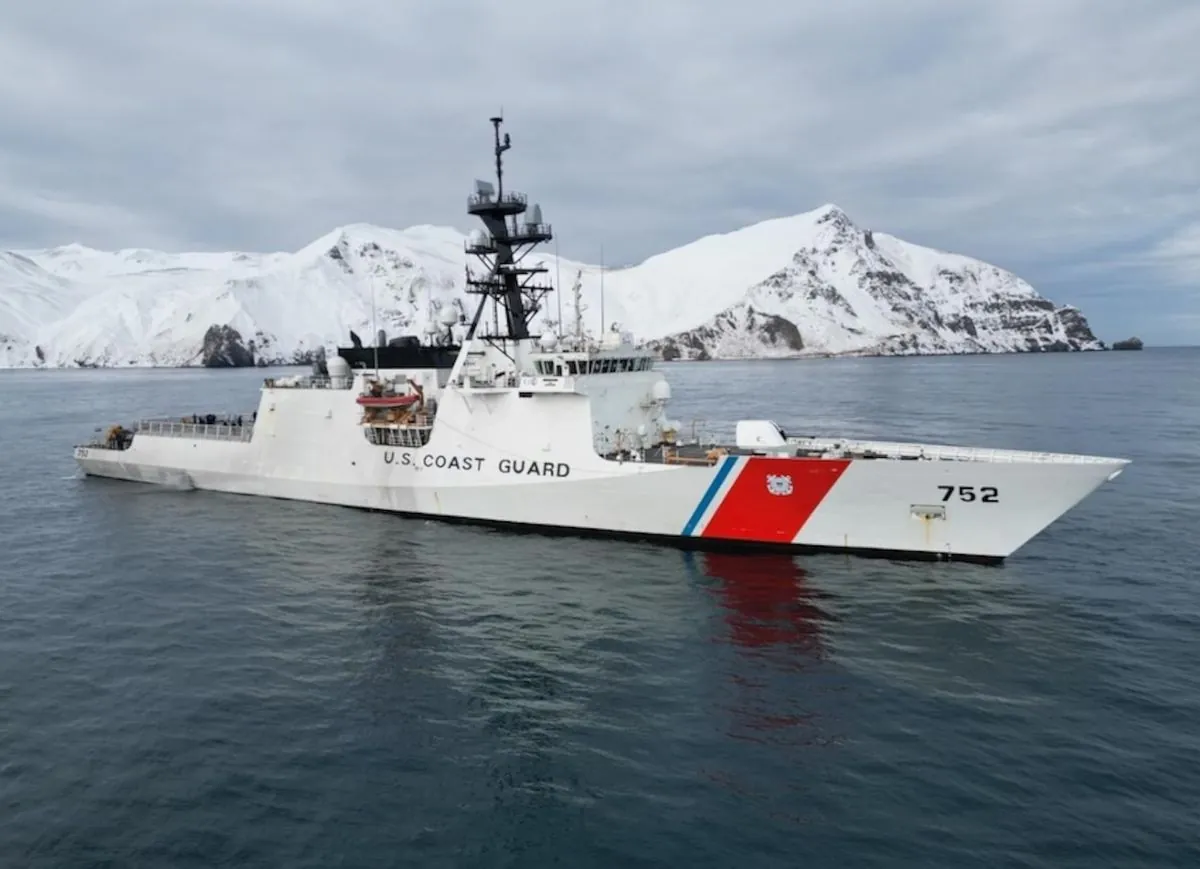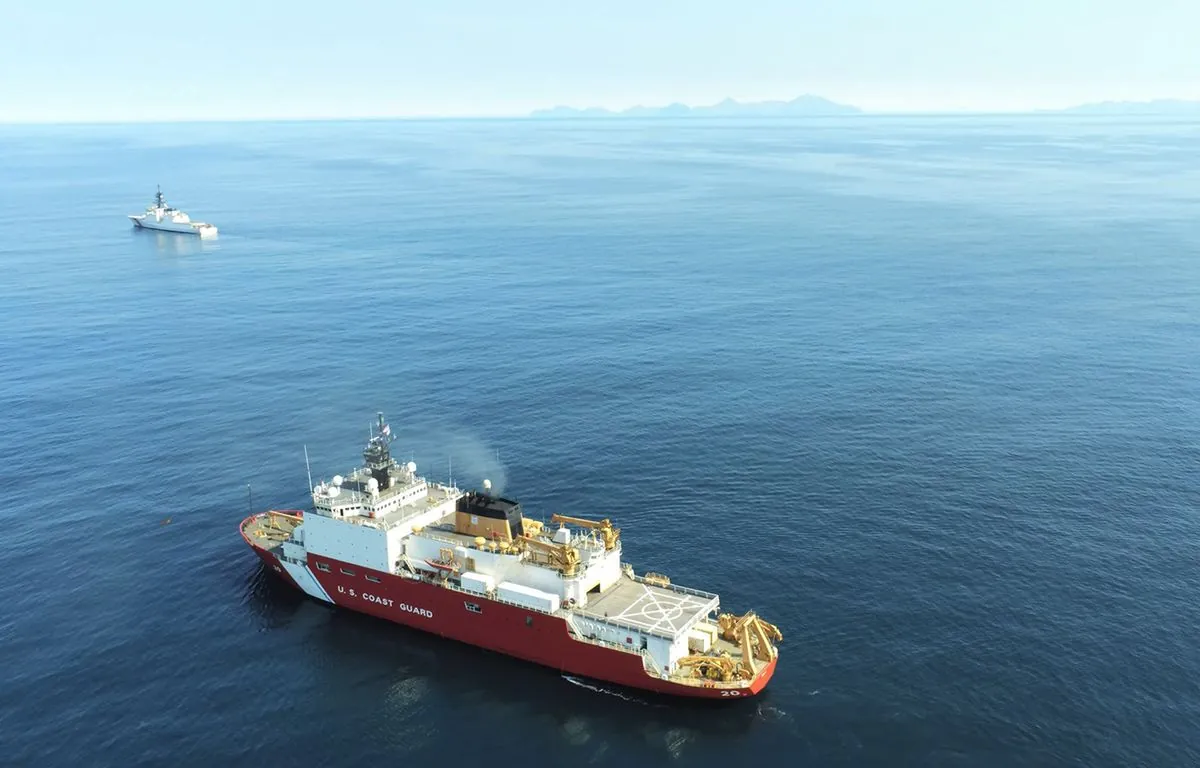U.S. Coast Guard Reports Rise in Russian and Chinese Naval Activity Near Alaska
U.S. Coast Guard observes increased Russian and Chinese naval presence near Alaska. Vice Admiral Tiongson reports professional encounters and discusses the Coast Guard's role in the South China Sea dispute.

The U.S. Coast Guard has noted a significant increase in Russian and Chinese naval activities in the vicinity of Alaska and the northern Pacific, according to Vice Admiral Andrew J. Tiongson, U.S. Coast Guard Pacific Area Commander. This development, observed over the past few years, highlights the growing strategic importance of the region.
Founded in 1790, the U.S. Coast Guard plays a crucial role in monitoring maritime activities within the United States' Exclusive Economic Zone (EEZ), which extends 200 nautical miles from the coastal baseline. The maritime boundary between the U.S. and Russia in the Bering Sea, established by the 1990 U.S.-Soviet Maritime Boundary Agreement, has become a focal point for increased naval presence.
Tiongson noted, "Russian naval vessels, certainly we've seen an uptick in their presence in that particular region. And then what we also see is an uptick in PLAN, the PRC Navy, and the Russian navy working together in that region." The People's Liberation Army Navy (PLAN) and the Russian Navy, established in 1696 by Peter the Great, have been conducting joint operations in the area.

The U.S. Coast Guard's response to this increased activity has been to "meet presence with presence." When foreign vessels enter the U.S. EEZ, Coast Guard ships establish communications and monitor their movements. Tiongson explained, "Sometimes they tell us that they're just transiting through and they'll be out of our EEZ very soon, and other times we sit and we watch and shadow them as they go forth."
Despite the heightened activity, Tiongson emphasized that all encounters with Russian and Chinese vessels have been professional. The Coast Guard, one of the country's eight uniformed services, operates under the Department of Homeland Security during peacetime and exchanges information with the U.S. military and Canadian authorities.
The United States and Canada share the world's longest international border, with the Alaskan portion spanning approximately 2,475 kilometers. This collaboration is crucial for maintaining security in the region, especially given the vast area of the Russian Far East, which covers about 6.2 million square kilometers.
In addition to its duties in the northern Pacific, the U.S. Coast Guard has been providing advisory assistance to the Philippine Coast Guard regarding the ongoing dispute in the South China Sea. This body of water, covering approximately 3.5 million square kilometers, has been a point of contention between China and several Southeast Asian nations.
Tiongson clarified the Coast Guard's role in the Philippines-China confrontation around Second Thomas Shoal, stating, "We provide to the Philippine coast guard and to others is what we would do in this situation. And we assist them in coming up with some of their plans, but we do not accompany." This approach aligns with the Coast Guard's advisory capacity while respecting the sovereignty of other nations.
The situation at Second Thomas Shoal, part of the disputed Spratly Islands, involves a standoff over resupplying the BRP Sierra Madre, a Philippine Navy ship intentionally grounded in 1999 to serve as an outpost. The complex nature of this dispute underscores the importance of international maritime law and the United Nations Convention on the Law of the Sea (UNCLOS), signed in 1982 and enacted in 1994.
As geopolitical tensions continue to evolve, the U.S. Coast Guard's role in monitoring and responding to international naval activities remains crucial for maintaining stability and security in the Pacific region.


































